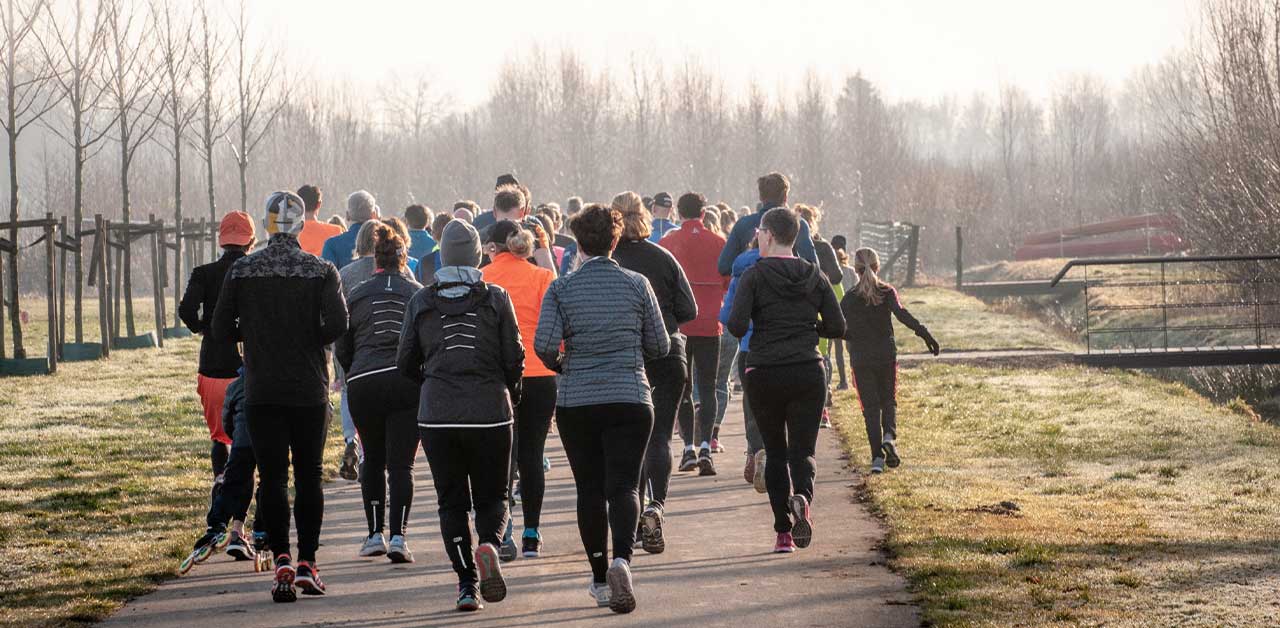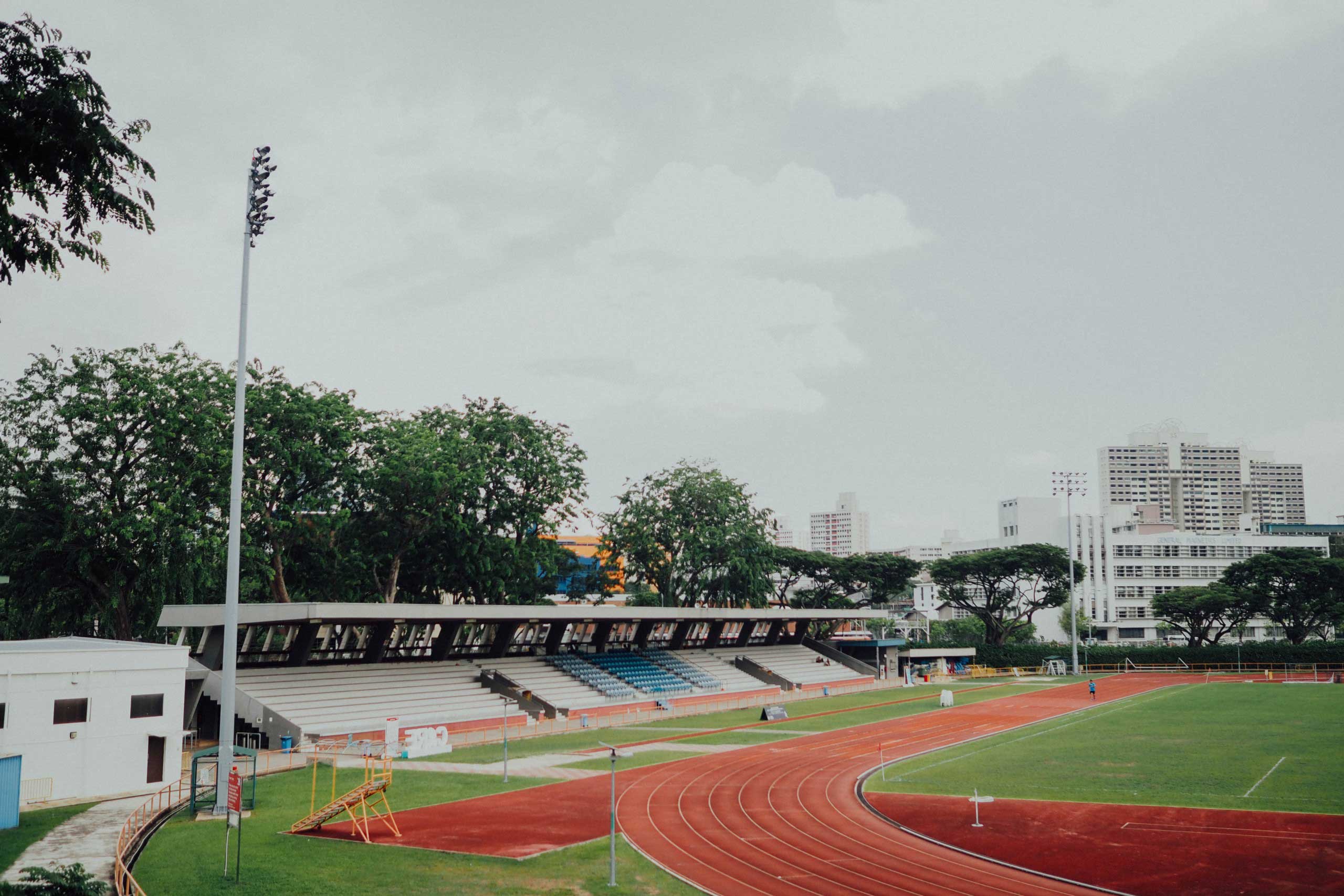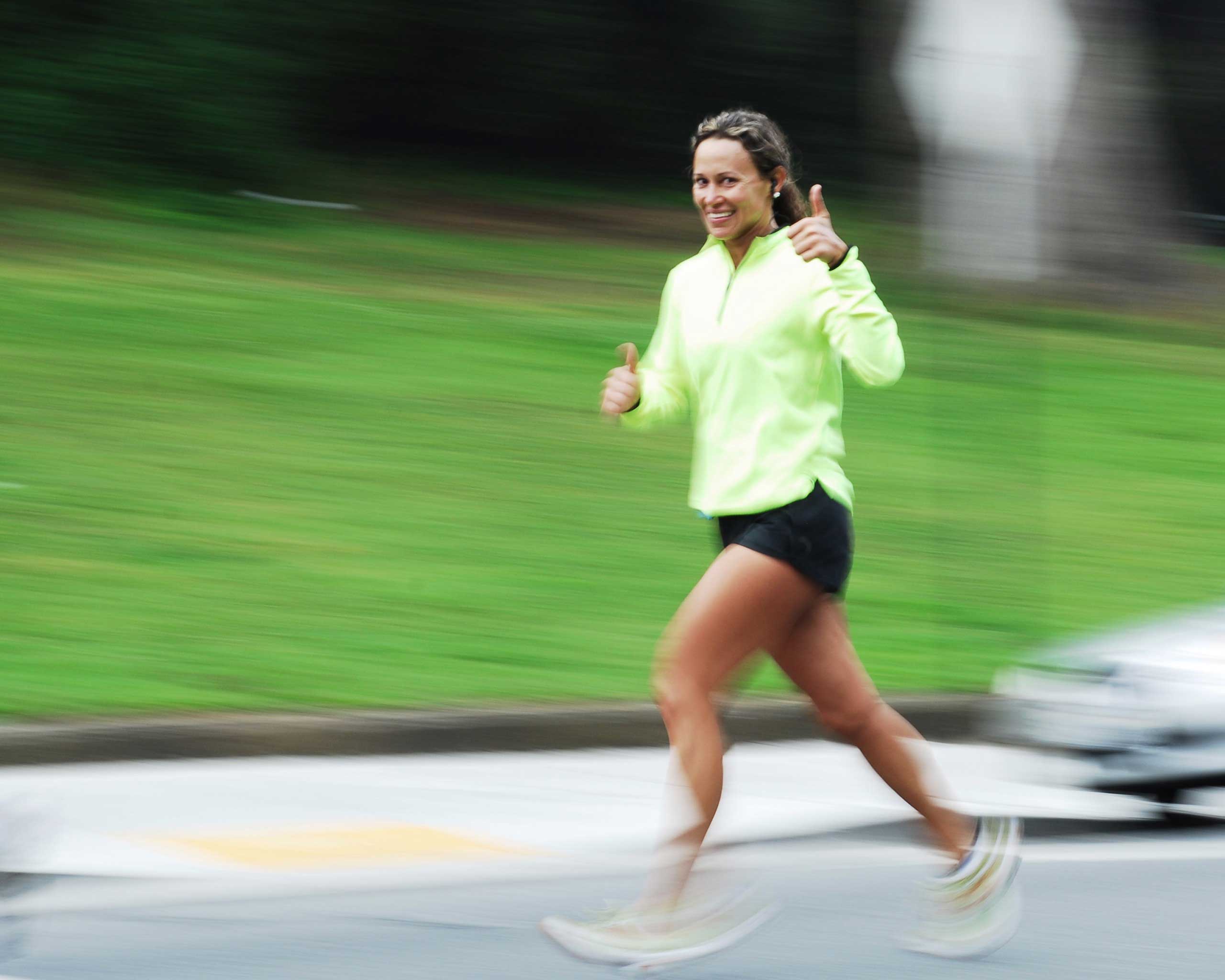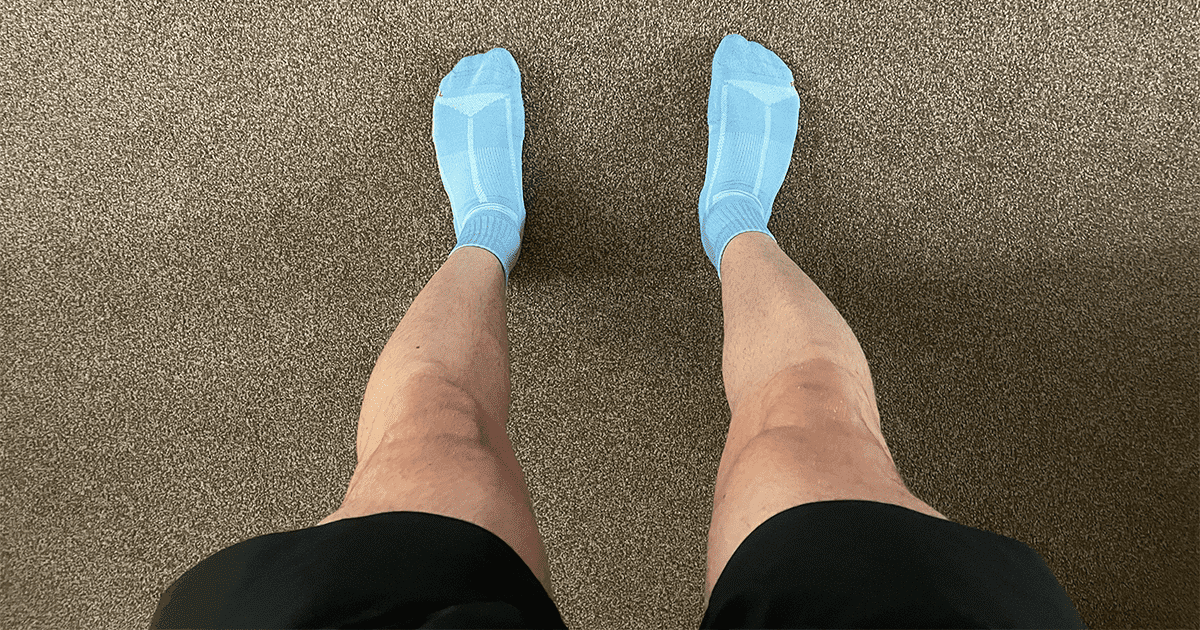11 tips to help you beat your parkrun personal best
Use these eleven tips to improve your time over the 5k, potentially even breaking your parkrun personal best.

So, for the past few weeks you’ve crawled out of bed at an ungodly hour (especially on the weekend), walked, ran, or drove to parkrun and broke your personal best each and every week. However, then you have that one week. No matter what you do, you now can’t seem to break your personal best? What once seemed easy has now become a much bigger challenge.
Firstly, don’t fear… you will break it again, trust us. It’s completely normal to reach a plateau in your times when it comes to breaking personal bests. In fact, if anything it’s a growth opportunity. A time to reflect on your training, work out what’s next, and most importantly get back on track to beat the clock each and every Saturday morning.
While parkrun isn’t a race, it certainly feels good to push your limits, get a sweat on, and chase your fastest time. Therefore, we have provided eleven tips to help you beat your parkrun personal best.
Related: The ultimate guide to completing your first parkrun.
Related: What to expect from your first parkrun.
1. Look at how often you’re running

First thing first is to look at how often you’re running. If you only run parkrun once a week and include no other running or training, there’s your problem. Simply include one or two slow and easy training runs into your routine, with plenty of rest in-between.
You’ll beat your personal best in no time.
However, for most, training is now ingrained into your weekly routine with runners hitting the pavement for a minimum of two to three times each week. Here we have two options, we can either increase our training duration (how many times we are running each week) or our training intensity (how hard we are training).
We actually recommend both. If you’re currently running three times per week, increase this to four with the fourth run being an interval session on the track or laps on the grass. Be sure to implement this slowly into your training to reduce your risk of injury.
Related: How many days a week should I run?
Likewise, we cannot stress enough the importance of including a weekly long run into your training if you don’t already. The long-run should be a staple in each runner’s arsenal, boasting impressive aerobic improvement, especially If you’re relatively new to training.
2. Pick a fast course
It’s not rocket science, the flatter the course the faster you’ll be able to run. If you’re looking for a quick solution, consider switching up your choice of course. Not only will this allow you to run faster, however, it also provides a well-needed break from your usual stomping ground!
3. Add speed work into your training

We briefly touched on this earlier, however, if you’re not including speed work in your training you should definitely look into.
To become faster at parkrun and over the 5km distance, we need to run faster over shorter intervals. This allows our body to make necessary physiological (and also psychological) adaptions to better cope with faster speeds – essential when looking to beat your parkrun personal best.
Related: What are the 8 different types of running workouts?
A great speed session for beginners is as follows:
- 10-minute easy warmup jog
- 3×1 mile with a 3-minute rest in-between intervals
- 10-minute easy cooldown jog
4. Don’t forget to eat & drink!

Yes, it’s early… however, eating a small yet simple meal or snack prior to running ensures you’re not sat on an empty stomach.
Likewise, ensure to drink plenty of water before running, while taking on plenty of fluid the night before (especially if you were training on the Friday). This will ensure you’re completely hydrated, leaving no stone unturned, while also increasing performance.
Did you know that according to a study, two-thirds of Olympic athletes use caffeine to improve athletic performance? If you too would like to try your hand at caffeine, pour yourself a coffee, or grab yourself an energy drink no more than 30-minutes before running.
Consumption of caffeine before parkrun and running may reduce your perception of effort and pain, improve mental alertness, and even increase your running pace.
5. Learn the course
Chances are if you’ve run your local parkrun before, you know the course fairly well. The bumps, the inclines, the slippy bridge crossing, and the narrow paths where overtaking seems impossible. Use this to your advantage.
For example, you may choose to speed up before reaching the narrow path, slow down for the slippy bridge crossing, and speed up on the inclines if this is your strong point. Adapting to the course is a great way to shave seconds off your parkrun personal best, all with minimal effort.
6. Pace yourself

Pacing yourself is one of the best ways to beat your parkrun personal best. Let’s say for example you’re aiming for a 25-minute parkrun time. This would require you to run each kilometre at an average pace of 5-minutes, or slightly slower with a sprint finish to make up for lost time.
If you’re not pacing yourself and sprinting off like an energizer bunny then you’re really missing out.
If you’re lucky, some parkruns also have volunteer pacers on hand. These are great as you can solely focus on your run without worrying about crunching numbers. If available, we highly recommend making full use of these!
7. Save the chats to the finish and warmup instead
While It may be great to catch up with Dave, Frank, or Harry from across the road, you may want to save your chats to the finish. Instead, you want to perform a quick 10-15 minute warmup.
If you live close, this could be as simple as a slow jog to the start line. Warming up before running increases your body temperature prepares your body for what’s to come, reduces your risk of injury, allowing you to dive into those faster paces much easier.
A great warmup for beginners is as follows:
- 10-minute easy jog
- Dynamic stretching
- 5-6 strides
8. It’s not all about running… try your hand at strength training as well

To get faster at running, you should incorporate strength training into your weekly training schedule.
Regular strength training, whether once or twice a week will increase your running economy, time to exhaustion, and lessen your chance of picking up an injury. If you can’t run, you can’t chase those personal bests.
As a beginner, we recommend trying your hand at bodyweight exercises, to begin with, later advancing to weighted exercises.
Examples of bodyweight exercises for running include:
- Walking lunges
- Push-ups
- Air squats
- Standing calf raises
- Planks
- Sit-ups
These exercises work the majority of muscles used for running, including the core, lower back, and legs.
9. Prioritise recovery to crush your parkrun personal best

After each and every run, including your regularly scheduled parkrun every Saturday morning, it’s important to prioritise recovery.
However, what exactly does this mean?
This means performing static stretches, eating the rights foods, foam rolling, drinking enough fluids, and getting plenty of sleep.
Prioritising your recovery ensures you can perform your best in each session, particularly those that matter the most such as your interval sessions or long runs.
Taking the time to recover properly also reduces your risk of injury. Like we said, if you’re injured you’re certainly not going to be breaking any personal bests.
To find out more about proper running recovery, you can read our ultimate guide to recovery for beginners by clicking here.
10. Pay more attention to your running form

The tendency for most beginner runners is to land on their heel with each footstrike. However, landing on your heel acts as a brake, sending more force through your joints. This too, increases your risk of injury and slows you down.
Ideally, a mid-foot strike is preferable. This pushes you forwards instead of backwards, sending less impact through your joints.
Also, you should focus on your posture. Allow your shoulders to relax and arms to swing naturally, keep your chin up and chest upright – almost as if you’re held up by a piece of string.
Your form will adjust naturally when running faster. However, making a few tweaks here and there will increase your running efficiency, lessen your risk of injury, and allow you to run faster.
11. If at first, you don’t succeed, try and try again
You heard it here first. Well… you probably didn’t, but let’s just pretend you did. If one week your run doesn’t go to plan, come back with a burning fire the following week. As with all things in life, the more we practice the better we get. It’s no different from running and parkrun.
We all have our off days, and we all have our great days. Train hard, train smart, and stay motivated to beat your parkrun personal best.

Matthew is a lifelong runner, chief tester of all products, the founder of Running101, and freelance content writer for active brands. When he’s not writing, he enjoys lifting weights, cycling in the Lake District, and watching fast cars drive in circles on a Sunday. He also has a BA in sport, exercise and physical activity from the University of Durham.




